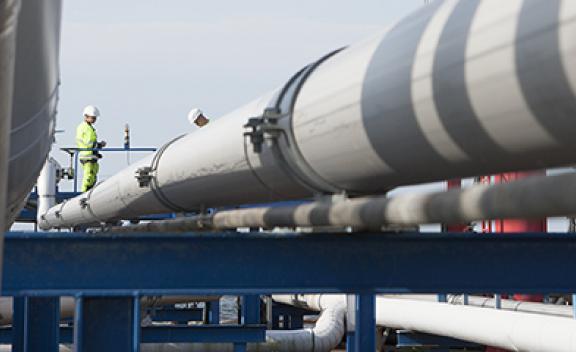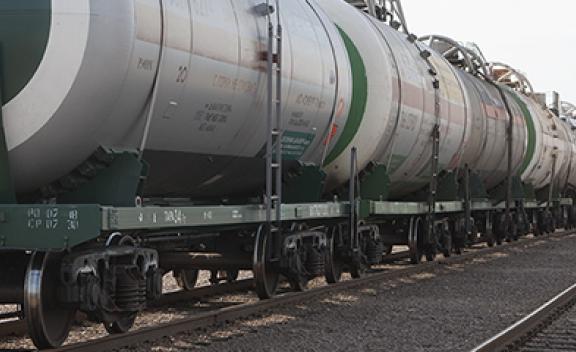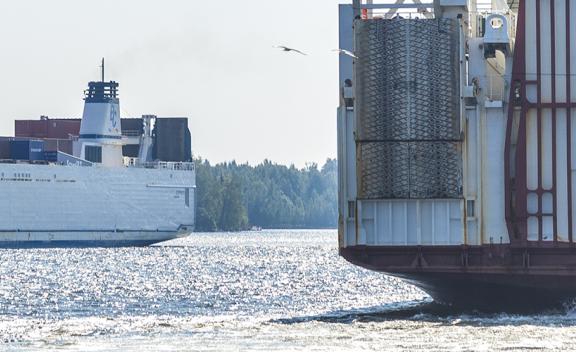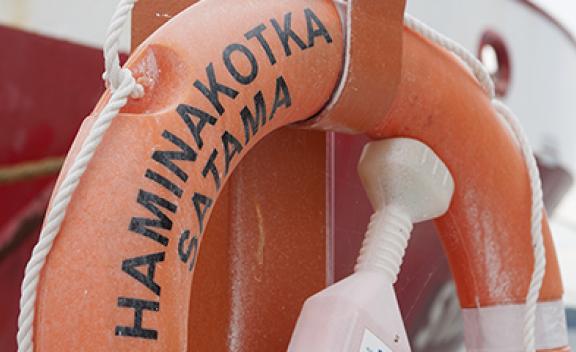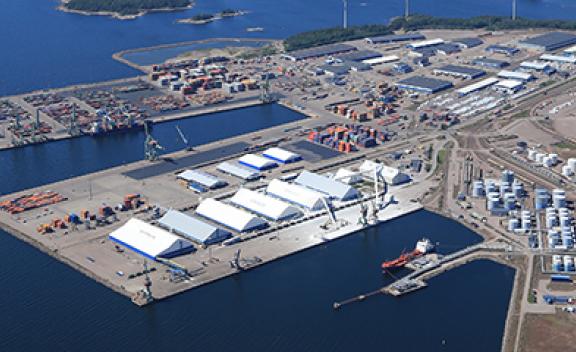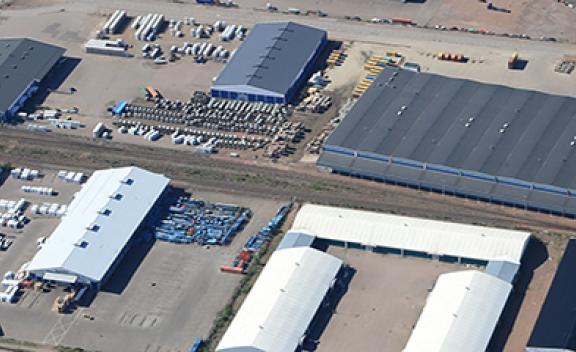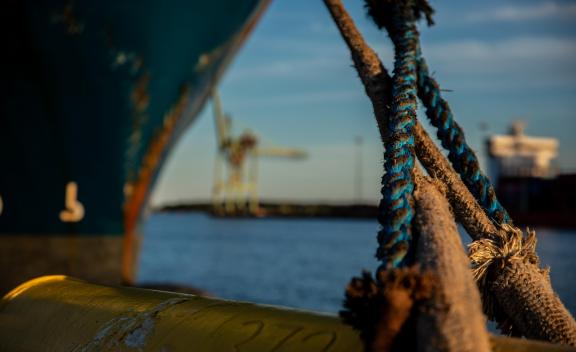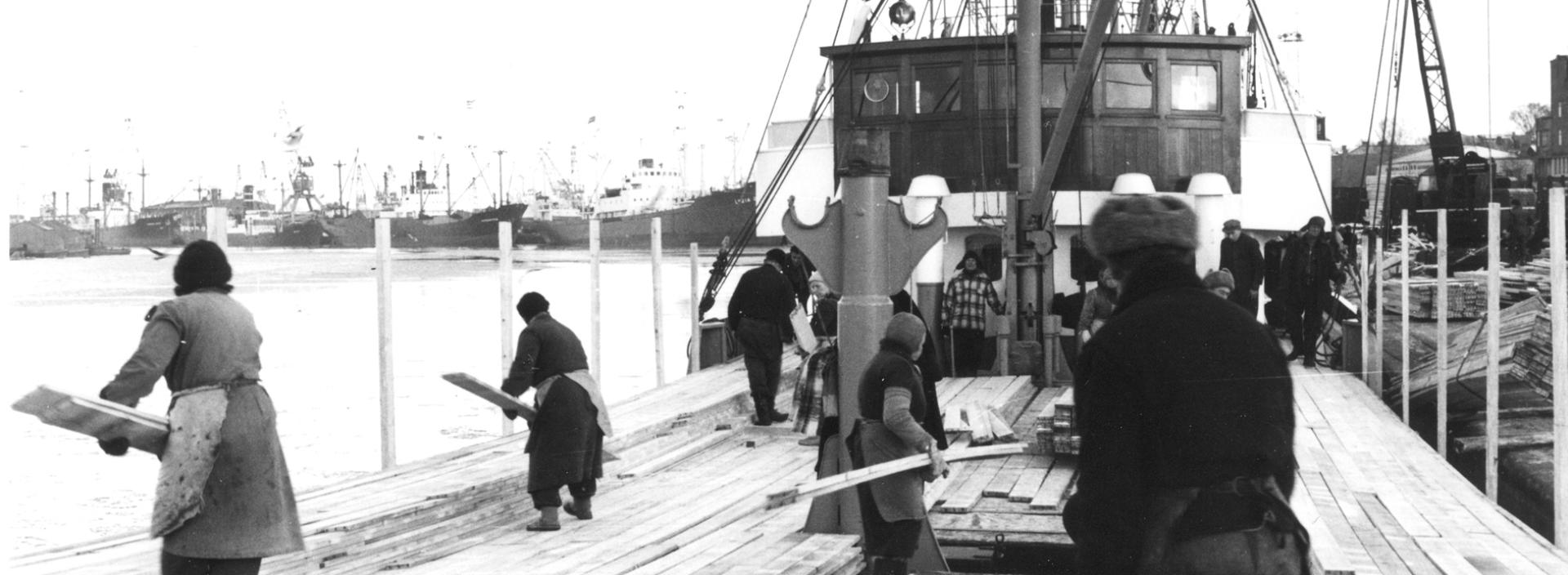
The history of the wood-processing industry in the Kymenlaakso region reaches the age of 150 years in 2022. The Verla and Inkeroinen groundwood mills, the Kymi and Kuusankoski paper mills and the Norja sawmill in Kotka were founded in 1872. The wood-processing industry shaped Kymenlaakso, and it has also played a decisive role in the emergence of the Port of Kotka.
The roots of the Port of HaminaKotka go way back into history, because research indicates that the island of Kuorsalo, which is part of Hamina, was a well-known harbour and stopping place as early as the Viking Age. The Port of Kotka, in turn, was created in the 1870s to meet the export needs of the Finnish wood-processing industry. The creation of the port was influenced by the permission to use the island of Kotkansaari for industrial purposes in 1868. The waters surrounding Kotkansaari were deep enough for the cargo ships that were used in those days, and the port had an excellent location at the mouth of the River Kymijoki. The River Kymijoki made it possible to float logs to the production mills all the way from Lake Päijänne further up north. Several sawmills were erected on the islands and banks of the mouth of the River Kymijoki from the early 1870s onwards. At the beginning of the 20th century, there were eight sawmills at the mouth of the Korkeakoskenhaara branch of the River Kymijoki, a groundwood mill at Korkeakoski and a board mill in connection with it. Moreover, pulp mills were built in Kotkansaari, Hovinsaari and Halla during the first decade of the 20th century.
There was increasingly frequent traffic, and in a few years the Port of Kotka became one of the foremost export ports for sawn timber in Finland.
The Port of Kotka was founded in the area of the current Kantasatama Harbour in 1871, and the town of Kotka was established next to it a few years later in 1879. The sawmill industry provided employment, which is why immigrants arrived in the area from both Finland and abroad to earn a living and at the same time to build a new Kotka. Much workforce was needed at the port, because all work was done manually. Functions required by the port, such as customs, customs clearance room, stevedoring industry operators, ship surveyors and freight forwarding companies, were located in the areas close to the port, and in addition to these, many other entrepreneurs and merchants also sought their way to the surrounding area.
The large-scale sawmills produced a lot of timber, and at first industrial products only from the local area were exported from the Port of Kotka. In terms of the development of Kotka, it was very important to create a railway connection to the national railway network, and the railway to Kotka was completed in 1890. The completion of the rail track also gave impetus to the establishment of a proper port in Hamina. At that point in time, port operations in Hamina were concentrated in Tervasaari, which also housed a sawmill, but as the sizes of ships grew bigger, a deep-water port in Hamina was needed.
The wood-processing industry had a crucial impact on the creation of the Port of Kotka, and it still plays a very important role in the operation of the current Port of HaminaKotka. The Port of HaminaKotka is currently the market leader in the exports of the products of the Finnish wood-processing industry. The port and the wood-processing industry have had and certainly continue to have a central role in the identity of the Kotka-Hamina region and of the entire region of Kymenlaakso.
Sources:
Juhani Saarinen: Miljoonamöljä - Kotkan satama 1871–2008
Elvi Ikonen et al.: Rakennettu ranta - Ruotsinsalmesta Kotkan satamaan
Johanna Enqvist: HAMINA Osa II, Historiallisen ajan muinaisjäännösten inventointi 4.–15.9.2006
https://kymenlaaksonihme.fi/
Photo: Port of HaminaKotka Ltd archive




